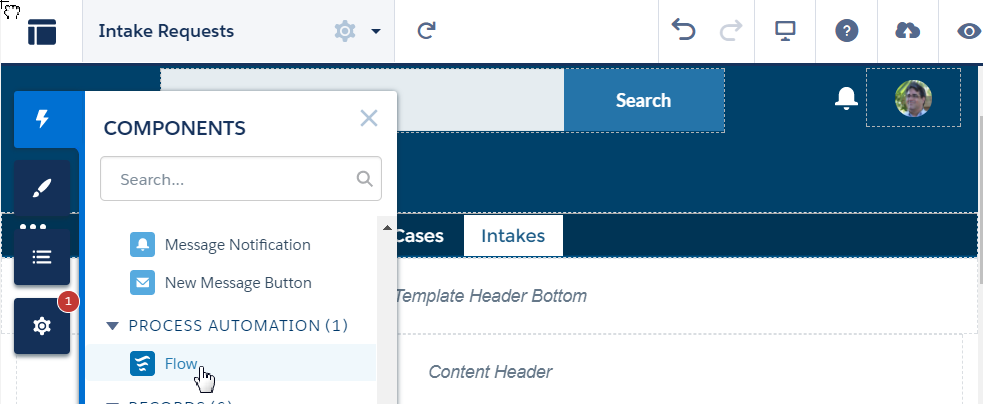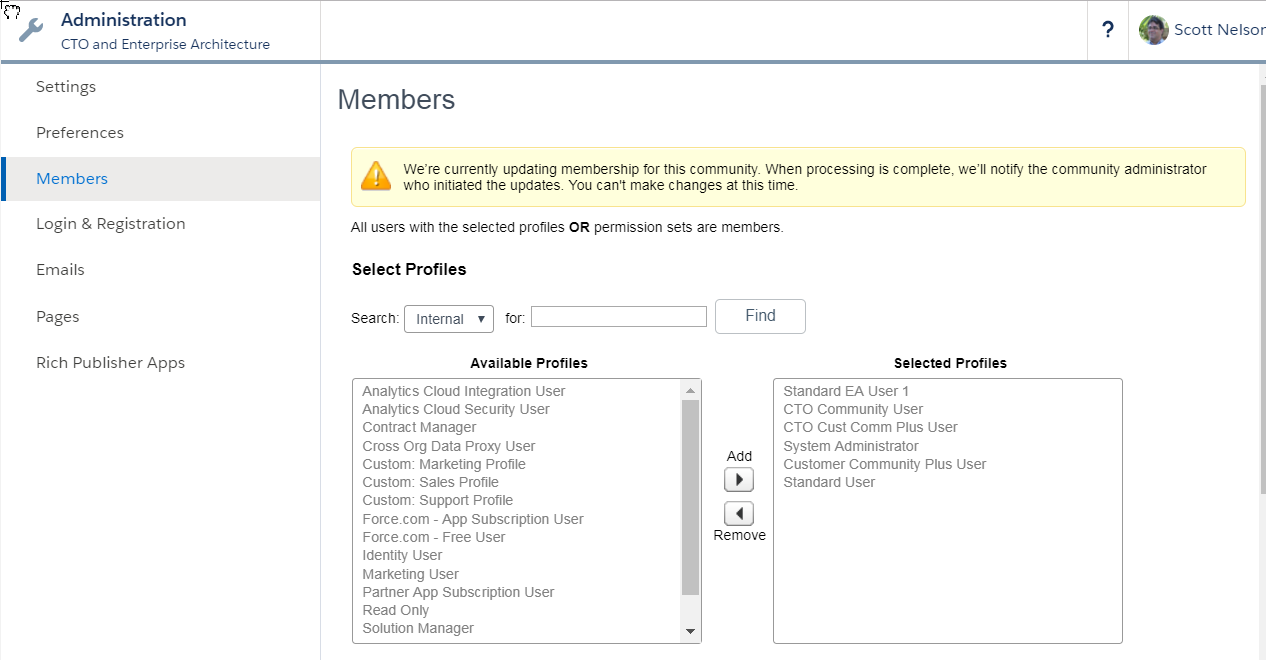At the same time that everyone is talking about digital transformations there is demand from the boardroom to lower spending on technology. On the surface, these two goals appear to be mutually exclusive. How can innovation and transformation be carried out with a reduced budget? Here are some approaches that can help resolve the paradox.
Create a contract between business and IT
Everyone agrees that IT and Business must work together to improve operational efficiency and profitability. If you only read business-focused or technology-focused publications, you probably thing everyone is doing this and wonder what is wrong in your organization where you are not seeing the benefits of such cooperation. One reason for this perceptual disconnect is that in many organizations only one side of the equation considers they are working together. In actuality, that side is dictating capabilities to the other side and calling it cooperation. If there are frequent conversations in the enterprise about the same issues occurring over and over again, this is a good sign the cooperation is one-sided.
A contract spells out the responsibilities of both parties and details the necessary interactions that must occur to ensure those responsibilities can be met and the corrective measure to take when they are not. The contract between IT and Business will be unique in every organization with some common items included such as:
- Both parties must be present when goals are finalized and that all goals have a clear definition of achievement.
- The path to goals are steps, not leaps, and a cadence of interaction for the purpose of reviewing progress and refining expectations and understandings must be set before pursuit of the goal begins.
Double the project budgets
Sure, this is about cost-cutting, so how could doubling project budgets help that? Because two of the most common technology costs are the increase in spending as the project nears the scheduled completion date and the resources necessary to maintain an under-funded development effort in production. By doubling the budget up front inefficient uses of funding will be reduced or eliminated. Providing bonuses for coming in under budget coupled with adequate funding up front will both motivate and enable IT teams to reduce costs.
Leverage professional consulting services
Companies that reduce their consulting costs rarely see a corresponding reduction in overall IT spending. Yes, consultants cost more per hour. This is because they absorb the expenses of recruiting, training and managing highly-skilled specialists. This is not to disparage the recruiting, training and management capabilities within an organization. It is about the focus of those efforts. Within an enterprise, the highly-skilled are need for operations and tactical projects. If they are focused on strategic projects they will either not be able to properly perform maintenance or they will be rushed in their development efforts. Similarly, contracting individual resources to fill in the gaps on either side is a risk because the individual contractors are not used to working together as a team and are motivated to focus only on the short-term. The highest cost for consulting services is acquiring new business, which is a driver for the consultants to provide long-term value. Also, consulting companies have teams that deal with the new and strategic all the time and bring experience acquired from multiple enterprises.
The key to benefiting from consulting is to determine what your needs are up front and ask for references that can vouch for those capabilities. When considering your needs, do think about the ability to work across business and IT as well as skill and willingness to train your personnel in post-implementation maintenance. You should also understand that hiring a consultant is not like hiring a contractor. Where sourcing a contractor, seek out one with specific experience in your exact planned solution, consultants are experienced in dealing with early adoption and rapidly absorbing new technologies. The key thing your consulting partner needs to be experienced in is multiple solutions with similar technologies and challenges.
Promote from within
Another common theme in IT is the high cost of recruiting and dearth of qualified candidates. If (as an example) it costs $40,000 to recruit and train a new architect and the position turns over on average every three years, a $10,000 raise or bonus every year will still cost less and the architect will become increasingly more efficient within the organization as they have a deeper understanding of how things work.
Iterative road maps
The lure of going all in on new technologies, architectures and services is the same as that of playing the lottery or betting on a slot machine: the media and advertiser only show you pictures of the winners. Granted, the odds of succeeding within an enterprise though innovation are better than most gambles, but enterprise technology should be managed more like an investment portfolio than a gambling budget. Compare opportunities by their potential return. Balance your investments between levels of risk. Build on success and knowledge. In IT, this equates to doing a cost-benefit analysis on IT projects then staring with a proof-of-concept or pilot program and then only change existing assets when it is profitable or practical to do so.
Originally published at InfoWorld
© Scott S. Nelson






